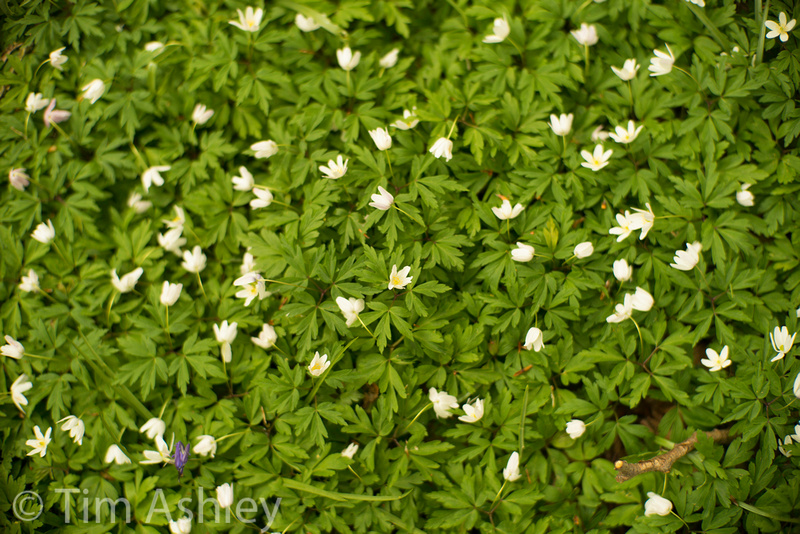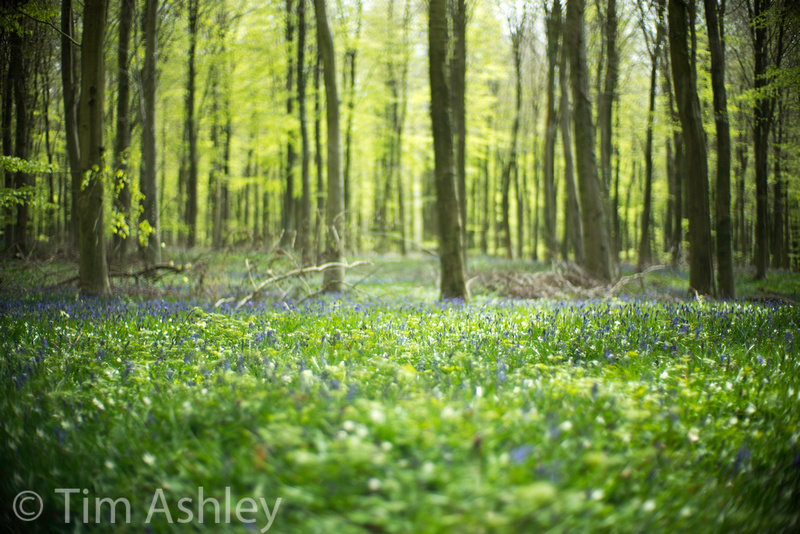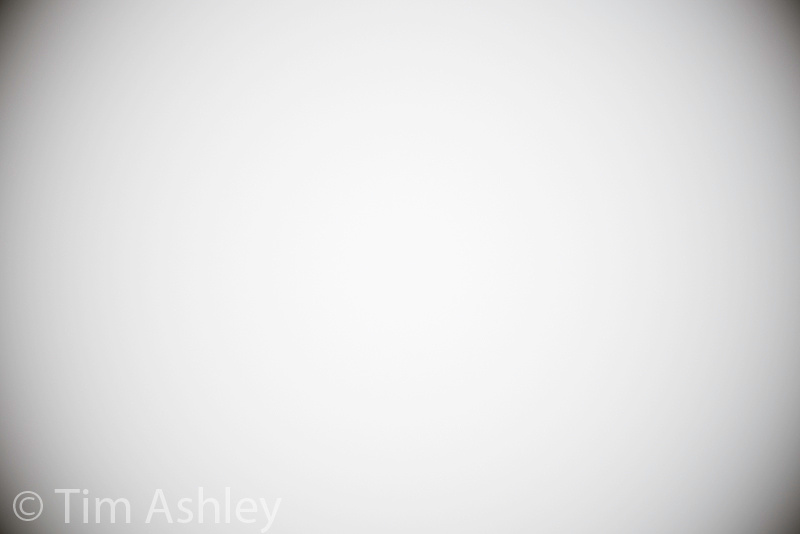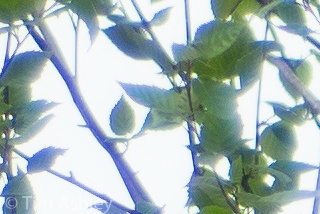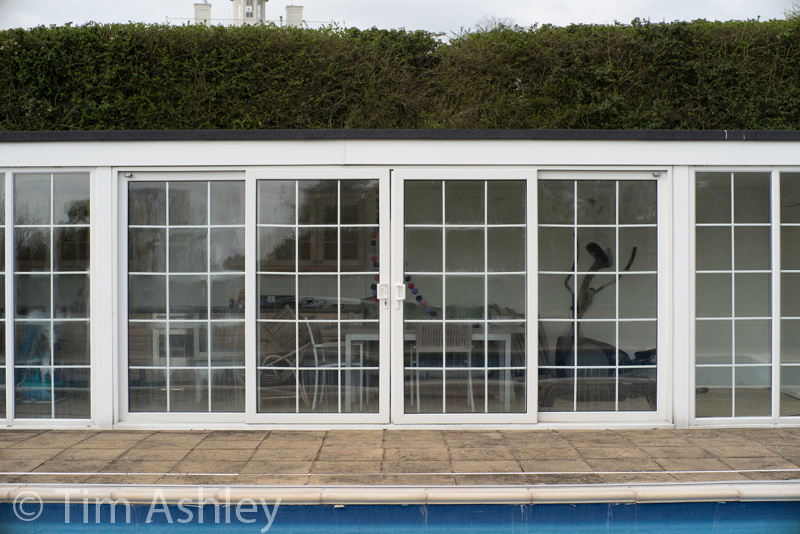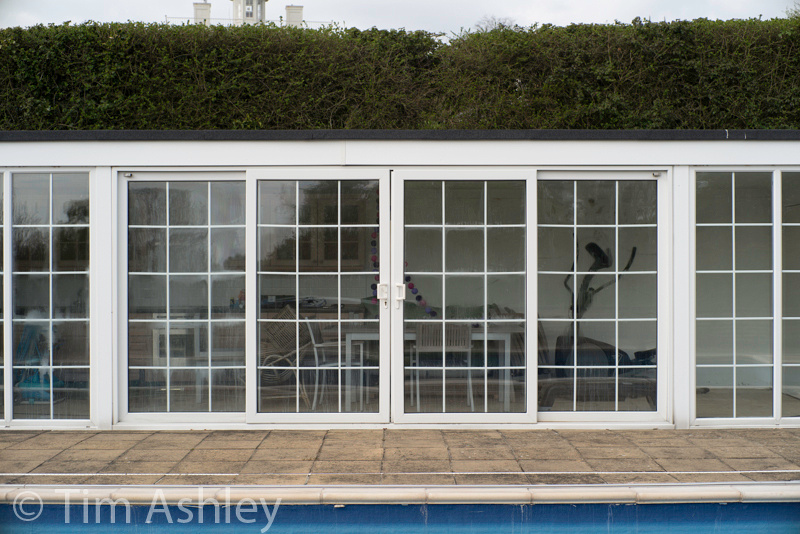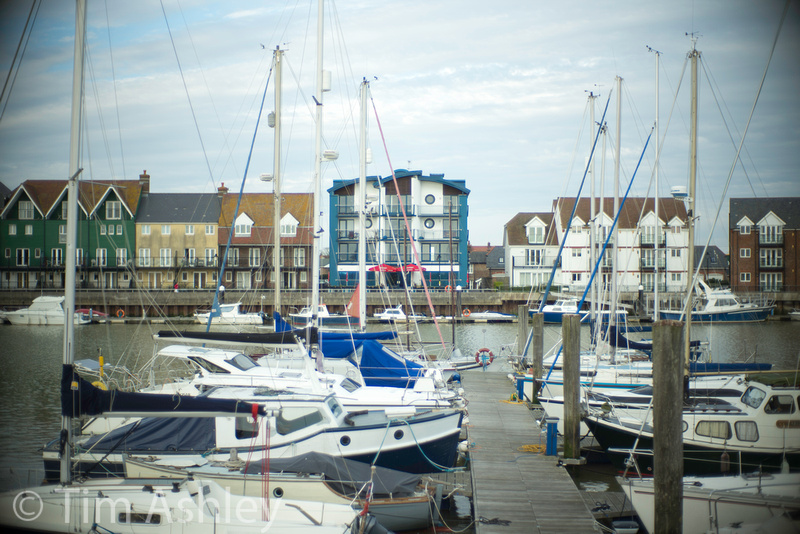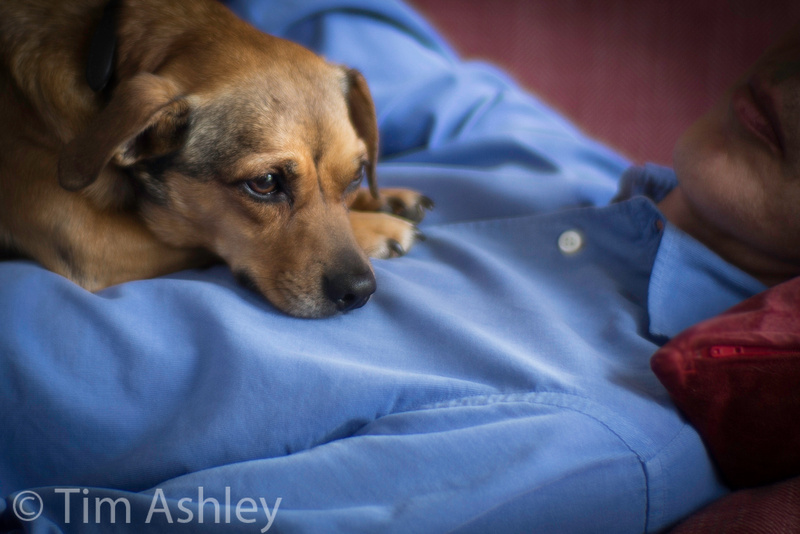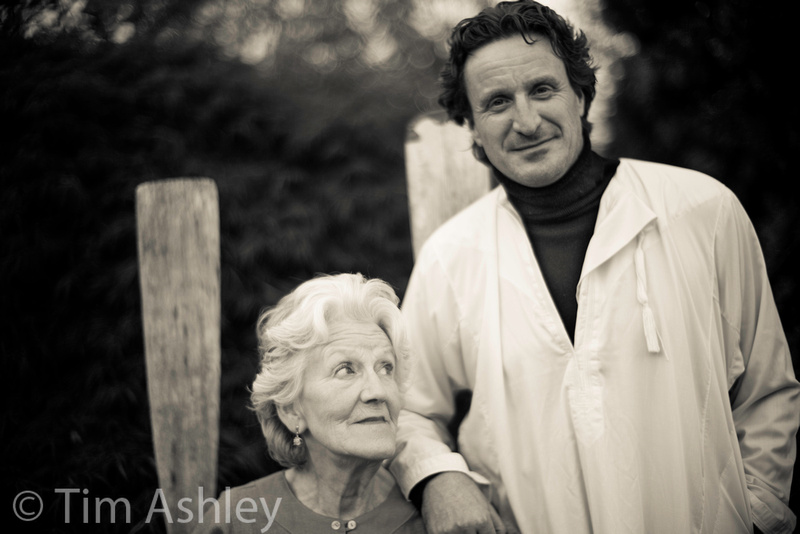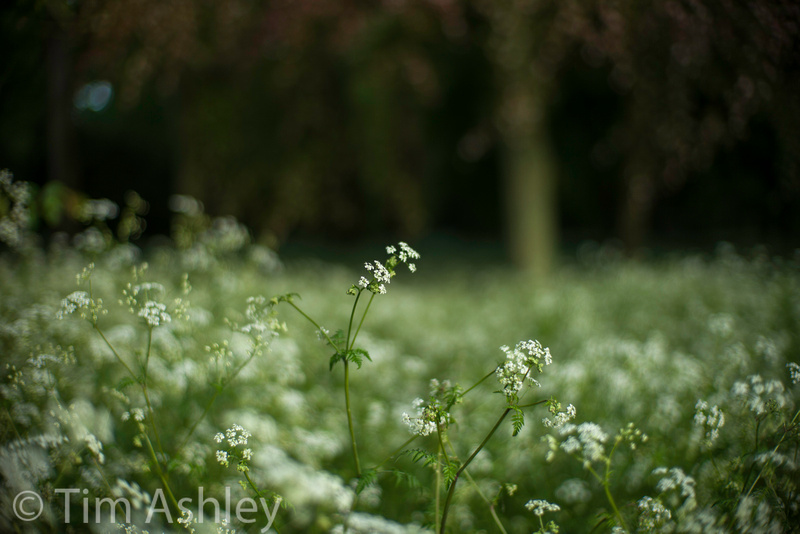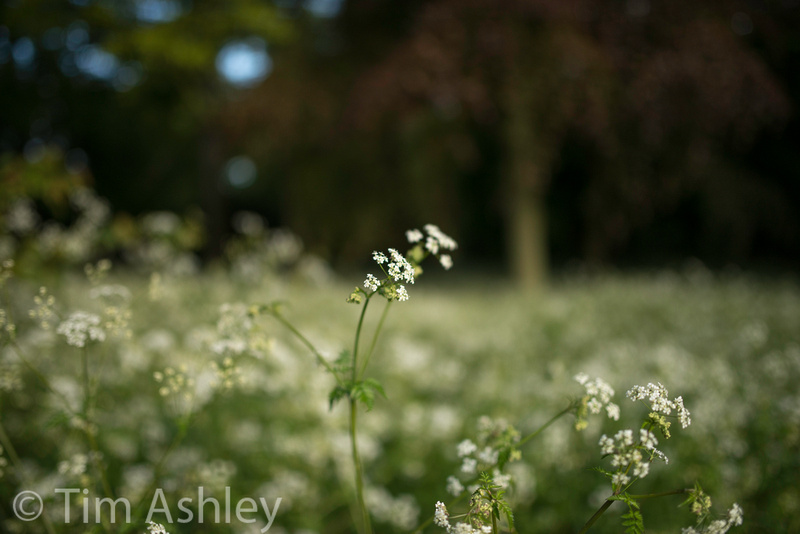Leica M240 with the 50mm F1 Noctilux - Some ObservationsHistorically I have thought of this lens as The Dream Weaver. Shot at wider apertures it can make the most poetic of images from the most prosaic of subjects and yet, when stopped down, it becomes a gritty realist, a lens of more serious technical ability. It is simply not possible to make lenses that perform perfectly at the enormous maximum apertures possible with the Noctilux and whilst some of the 'issues' that occur with very large apertures are an integral and indispensable part of 'the look', others are merely troublesome. I received an email yesterday from a reader who has just proudly put his new F0.95 version (a lens I do not own) on his M240 and, shooting wide open against the light, been very put out by the resulting coloured fringes around the highlit edges. So the key to these lenses is to know what they can and cannot do and to use them accordingly. And of course, these abilities will vary from camera to camera: for example, the F1 lens has a very, very odd field of focus when shot wide open and how this interacts with a particular camera will depend on the method of focus and the exact point at which the size of the sensor crops the image circle of the lens. This makes the 'feel' of the lens very different on, for example, Micro 4/3rds sensors, APS sensors and full frame. Whether you have sharp edges or midfield weakness will vary accordingly. In addition, the lens has notable colour shifts and these will appear in different places and with differing intensities according to the micro-lens configuration of each particular sensor. In other words, like all lenses, it is not possible to summarise the F1 Noctilux in a general way. It is a different lens on each different camera model. So today's piece will look in particular at how it performs on the M240 only. The first two uncropped images, both shot at F1, are very instructive. Click on them for larger versions.
It is this effect that lies at the root of the dreamy feel of shots made wide open. Understanding how to place and use it lies at the root of using the lens well. Other contributors to the effect are the high degree of astigmatism wide open, veiling flare, the very shallow DOF, the slew of colour aberrations and the high degree of vignetting. In fact the vignetting can be so strong as to make full correction an impracticality and, at F1 through F2.8 it can affect metering quite significantly. So let's look at the colour and vignetting issues in more detail. The M240, with coded lenses, (which mine is) will apply corrections to the colour casts so often found in the interactions between M lenses and M sensors despite careful design of the micro lens array on the sensors. Each lens is different and the effect depends on the FOV of the lens (wide angled lenses tend to be worse), the aperture, and the distance of the rear element of the lens from the sensor. These factors, taken together, create a 'ray angle' at which the light coming through the aperture is directed towards the sensor. This angle is 90 degrees on centre, but a lot more acute at the edges and it is at the edges that the problem is most evident as different wavelengths of light are transmitted and bent to different extents. Wide open, (and with current firmware version 1.1.0.2) even with corrections applied, the F1 Noctilux on the M240 is not perfectly corrected for colour shifts: Click on the image above to go to a gallery that has a full aperture series. What is and isn't acceptable for colour shooting will vary from photographer to photographer but for me, if I want acceptable colour accuracy from the lens, F5.6 or F8 is required. That is 'no biggie' because this is primarily a creative lens and I tend to use it in B&W (do we dream in colour?) or on scenes where colour accuracy isn't important. The shots also show the extent of the vignetting, which again does not clear until F8 and which has a characteristic sharp edge, making it hard to correct. Again, use the lens creatively and not technically when shot at wider apertures. The lens is also prone to standard chromatic aberrations of the types that lead to fringing. Indeed at wider apertures, these fringes can be so wide as to be very hard to correct without affecting colours in the rest of the frame. But in B&W the effects are merely part of the soft glow of the lens, and are therefore welcome. Here is a crop from the centre of a frame shot at F1 against the light. Clicking on it will lead to a series thru F4, at which aperture it is well enough controlled for my needs.
A quick look at distortion: I consider this a non-issue with the lens - it is not extreme and it is easy to correct. Here are uncorrected and (largely) corrected frames, though there are no profiles available in Lightroom so the tweak must be done manually.
An aperture series with the lens is very instructive. Here is an F1 frame and clicking on it will lead to the entire series. When viewing that series you will, by clicking to view a larger version and then by mouseover, be able to load full-sized versions.
But the story doesn't end here. At close range, the lens has very notable focus shift on stopping down from F1 thru F5.6. Indeed, whether you focus with either EVF or RF wide open (and on my M294 the results are about the same) near-field subjects will move radically out of focus at F1.4 thru F4 and not really get back into full focus until F8. This is evident from the series linked to from the below crop, which was shot with RF focus. But don't worry about the fact that initial focus is at somewhere between -3 and -2 on the scale: I did that on purpose so that you can see how the focus moves rearwards. Piecing the above series of findings together is complex but there are strong shooting implications to be drawn from the exercise.
These suggestions really work for me in the field. But of course there are distances somewhere between close and far and I am still working on that! My provisional suggestion is that 'close' runs up to about three to four meters. However the wave-shaped field of focus, which clearly asserts itself even at F5.6, makes the issue more complex so I add rule three:
So we have established that this lens is one tricky customer, right? But it has a serious upside: it can make images that I, personally, really love. Here are two.
Finally: for the non-Leica shooter who wants to emulate this look at a far lower cost, try the Sigma 35mm F1.4 Art lens in most popular mounts. It will give you a fair dose of the dream (but without the F1 and without the swirl, both of which I personally treasure) for around an eighth of the cost and it will do so with AF, though given the choice between focussing the Noctilux at F 1.4 with the EVF and the Sigma on a D800E with AF, I would take the Nocti every time for focussing accuracy as long as the subject was on centre. Here are two very similar shots, both at F1.4, one with each of these lenses... don't try to guess which is which, just ask yourself if you prefer one to the other.
Keywords:
50mm,
F1,
field review,
Leica,
lens,
M,
M 240,
M240,
Nocti,
Noctilux,
observations,
review,
tashley,
test,
tim ashley
|

